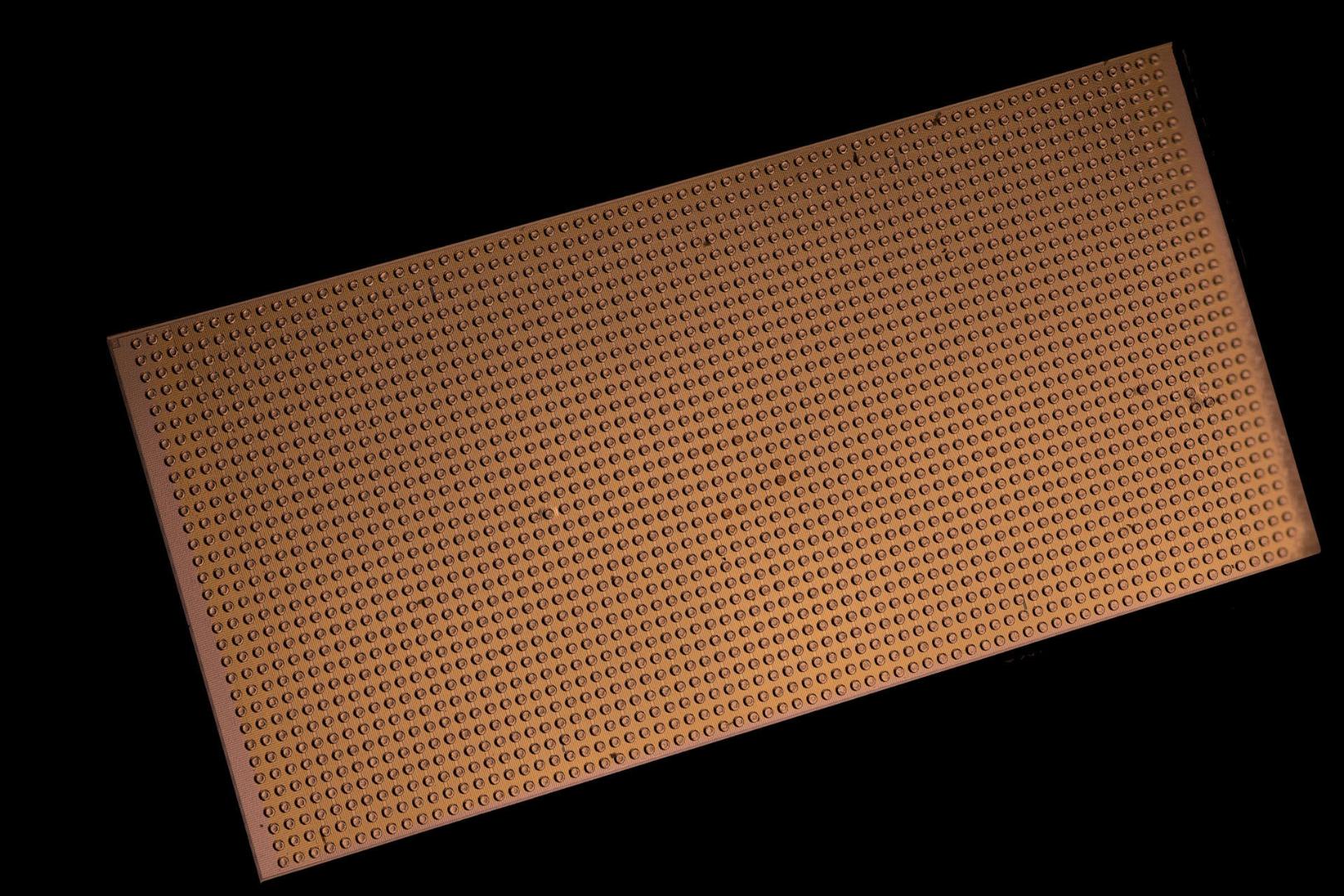Intel introduced Loihi 2, its second-generation neuromorphic research chip, and Lava, an open-source software framework for developing neuro-inspired applications.
Neuromorphic computing create chips that function more like the biological brain, aspires to deliver orders of magnitude improvements in energy efficiency, speed of computation and efficiency of learning across a range of edge applications: from vision, voice and gesture recognition to search retrieval, robotics, and constrained optimization problems.
Applications Intel and its partners have demonstrated to date include robotic arms, neuromorphic skins and olfactory sensing.
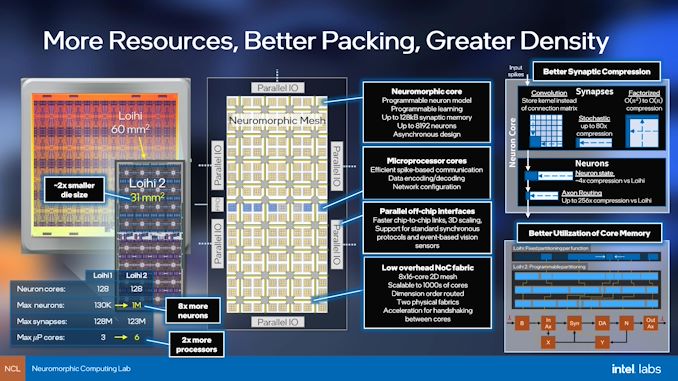

Advances in Loihi 2 allow the architecture to support new classes of neuro-inspired algorithms and applications, while providing up to 10 times faster processing1, up to 15 times greater resource density with up to 1 million neurons per chip, and improved energy efficiency. Benefitting from a close collaboration with Intel’s Technology Development Group, Loihi 2 has been fabricated with a pre-production version of the Intel 4 process, which underscores the health and progress of Intel 4. The use of extreme ultraviolet (EUV) lithography in Intel 4 has simplified the layout design rules compared to past process technologies. This has made it possible to rapidly develop Loihi 2.
About Key Breakthroughs: Loihi 2 and Lava provide tools for researchers to develop and characterize new neuro-inspired applications for real-time processing, problem-solving, adaptation and learning. Notable highlights include:
Faster and more general optimization: Loihi 2’s greater programmability will allow a wider class of difficult optimization problems to be supported, including real-time optimization, planning, and decision-making from edge to datacenter systems.
New approaches for continual and associative learning: Loihi 2 improves support for advanced learning methods, including variations of backpropagation, the workhorse algorithm of deep learning. This expands the scope of adaptation and data efficient learning algorithms that can be supported by low-power form factors operating in online settings.
Novel neural networks trainable by deep learning: Fully programmable neuron models and generalized spike messaging in Loihi 2 open the door to a wide range of new neural network models that can be trained in deep learning. Early evaluations suggest reductions of over 60 times fewer ops per inference on Loihi 2 compared to standard deep networks running on the original Loihi without loss in accuracy3. Loihi 2 addresses a practical limitation of Loihi by incorporating faster, more flexible, and more standard input/output interfaces. Loihi 2 chips will support Ethernet interfaces, glueless integration with a wider range of event-based vision sensors, and larger meshed networks of Loihi 2 chips.
Seamless integration with real-world robotics systems, conventional processors, and novel sensors: Loihi 2 addresses a practical limitation of Loihi by incorporating faster, more flexible, and more standard input/output interfaces. Loihi 2 chips will support Ethernet interfaces, glueless integration with a wider range of event-based vision sensors, and larger meshed networks of Loihi 2 chips.
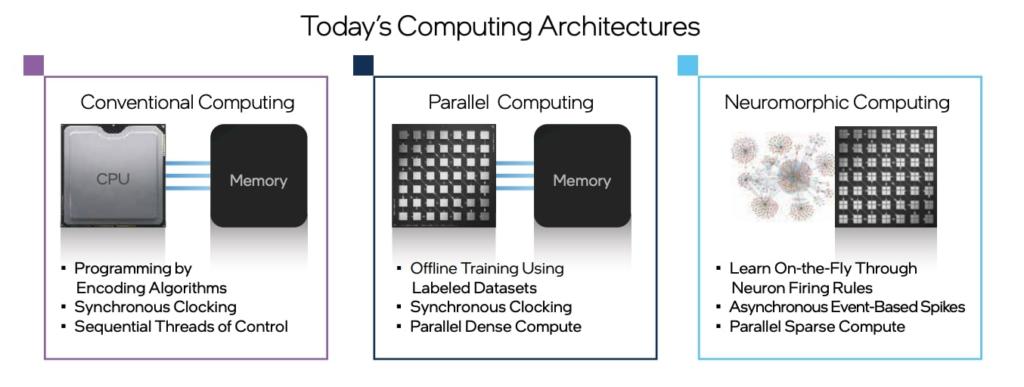

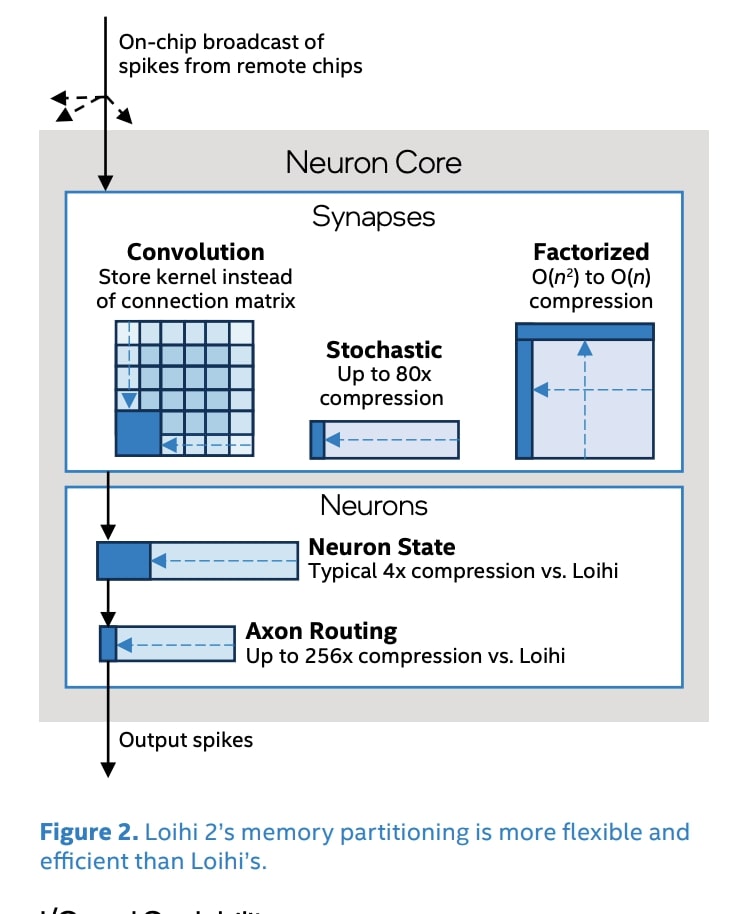
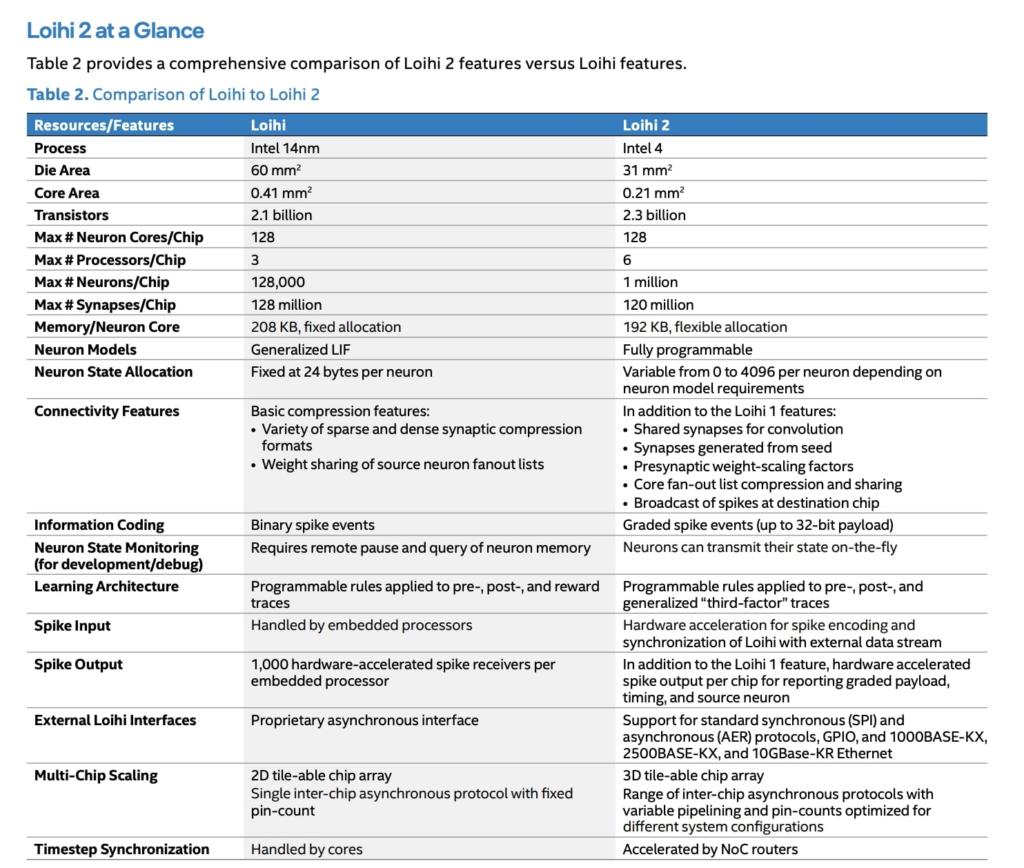
SOURCES – Intel
Written by Brian Wang, Nextbigfuture.com

Brian Wang is a Futurist Thought Leader and a popular Science blogger with 1 million readers per month. His blog Nextbigfuture.com is ranked #1 Science News Blog. It covers many disruptive technology and trends including Space, Robotics, Artificial Intelligence, Medicine, Anti-aging Biotechnology, and Nanotechnology.
Known for identifying cutting edge technologies, he is currently a Co-Founder of a startup and fundraiser for high potential early-stage companies. He is the Head of Research for Allocations for deep technology investments and an Angel Investor at Space Angels.
A frequent speaker at corporations, he has been a TEDx speaker, a Singularity University speaker and guest at numerous interviews for radio and podcasts. He is open to public speaking and advising engagements.

